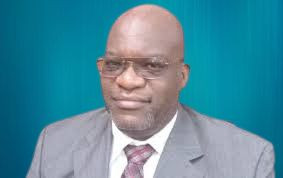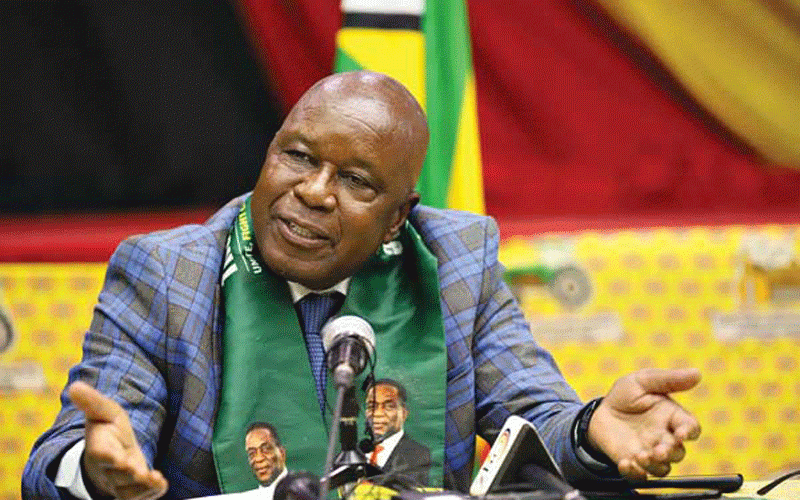
WOMEN representation in Parliament and other leadership posts was low since independence in 1980, but the 2013 parliamentary elections ushered in a large number of women into the National Assembly and Senate through the proportional representation quota.
BY VENERANDA LANGA
The benefits are already visible, with several motions to do with betterment of children and women’s lives being introduced by women and debated in both Houses.
But still, many female MPs have remained mum in the house, while others have been very vocal to justify their presence in Parliament.
Between 1980 and 1985 women occupied 8,6% of the seats in Parliament, and from 1985 to 1995 they held 11,3% seats. in 1995 to 2000 it was 14,6% seats, but from 2000 to 2005 when the opposition came into play and elections became a violent game, women seats dropped again to 10,6%.
Between 2005 and 2007 there was a rise in female representation to 21,2%, and in the 2008 general elections women representation fell again to 18,2%.
Currently, thanks to the proportional representation quota, women representation has almost doubled to 34%. Questions are now being asked on the impact of women MPs who benefitted from the proportional representation quota. Today women constitute 124 out of the 370 MPs.
An analysis of debates in the National Assembly during the second and third sessions of the eighth Parliament shows that female MPs introduced motions on women empowerment.
- Chamisa under fire over US$120K donation
- Mavhunga puts DeMbare into Chibuku quarterfinals
- Pension funds bet on Cabora Bassa oilfields
- Councils defy govt fire tender directive
Keep Reading
But the sad part is that while some of the women were recorded as having introduced the motions and debated persuasively, others only supported them with cheers and interjections.
Some of the champions in debate who dared male MPs in the House and showed good oratory skills were Priscilla Misihairabwi-Mushonga (proportional representation MDC), Thokozani Khupe (proportional representation MDC-T), Biata Nyamupinga (Goromonzi West Zanu PF), Jessie Majome (Harare West MDC-T), Irene Zindi (Mutasa South Zanu PF) and Thabitha Khumalo (Bulawayo East (MDC-T).
In committees, quite a huge number of women have been voicing concerns over women issues and others affecting the general populace.
Some female MPs who chair Parliamentary portfolio and thematic committees have been very vocal, and these include Ruth Labode (Health and Child Care Portfolio Committee), Paurina Mpariwa (Public Accounts Portfolio Committee), Dorothy Mangami (Small and Medium Enterprises Portfolio Committee) and Lillian Timveous (HIV and Aids Thematic Committee).
Labode has been unrelenting and has caused top health officials to cringe whenever they appear before the Health and Child Care Committee to be grilled over misuse of health funds and corruption.
Mpariwa has also been very effective in chairing a committee that has exposed corruption at government institutions, state enterprises and parastatals.
In the Senate, female senators have generally been vocal, but Sithembile Mlotshwa (Matabeleland South MDC-T) and Dorothy Khumalo (Bulawayo Metropolitan MDC) have managed to fearlessly discuss any topic, even those regarded as taboo.
A study of the third session of the eighth Parliament debates shows that of the 19 motions that were moved by backbenchers in the National Assembly, five were moved by women MPs and of those five, three were all moved by one Misihairabwi-Mushonga.
Misihairabwi-Mushonga also attracted controversy through “stunts” such as bringing underwear and sanitary wear into the House to press a point, and a baby to Parliament to drive home her views on challenges regarding women’s reproductive health. Recently she led other women to sit on the floor in Parliament to force government to bring back women who were enslaved in Kuwait.
Khupe was the first MP to introduce a motion on cancer using graphic images and video presentations, which has led other MPs into following suit and using images while presenting committee reports.
Majome has been very effective in the use of social media platforms and is the leading MP in that regard with a good following on Facebook and Twitter, and has made her pages interactive forums where she posts news feeds and gives updates to her constituents on events in Parliament and in the constituency.
The review has shown that while some female MPs are shining, others need to begin to pull up their socks if they hope to be brought back when the proportional representation quota ends.
Zimbabwe Women’s Resource Centre and Network director Pamela Mhlanga said the proportional representation quota had increased debate on motions pertaining to women empowerment.
“Female MPs managed to introduce debate on motions on maternal health to ensure the policy on user fees is revised, and a lot of debate in both Houses has been around issues of equality between men and women and advancement of the lives of women,” she said.
Mhlanga said what was important was to ensure women MPs got support in terms of capacity building so that they are able to address a whole range of issues like the economiy, transport, scientific and other issues affecting the generality of Zimbabweans.
On performance issues, she said generally in life some people took more time to appreciate processes than others. “We need to move away from singling out certain women in Parliament because all of them have different attributes and we need to empower them to ensure their potential is realised,” Mhlanga said.
Women in Politics Support Unit director Sakhile Sifelani-Ngoma said women in Parliament had been doing well and managed to raise issues for discussion that were not traditionally taken care of.
“An example will be issues surrounding sentences for rape and the anti-human trafficking issue. Women leading committees such as Health and Child Care and Public Accounts Committee have raised critical national issues,” Sifelani Ngoma said.
She said while there were some thought leaders among female MPs, there were indeed some, like several male MPs, who could be underperforming.
“In society, there are some who lead the pack, and so a small group of both male and female MPs is actually debating on every topic while the rest are back benchers and rarely speak,” Sifelani Ngoma said.
Monica Mutsvangwa, the parliamentary women’s caucus chairperson, said there was need to groom women from a young age so that they take on leadership positions confidently later in life in government and Parliament.











